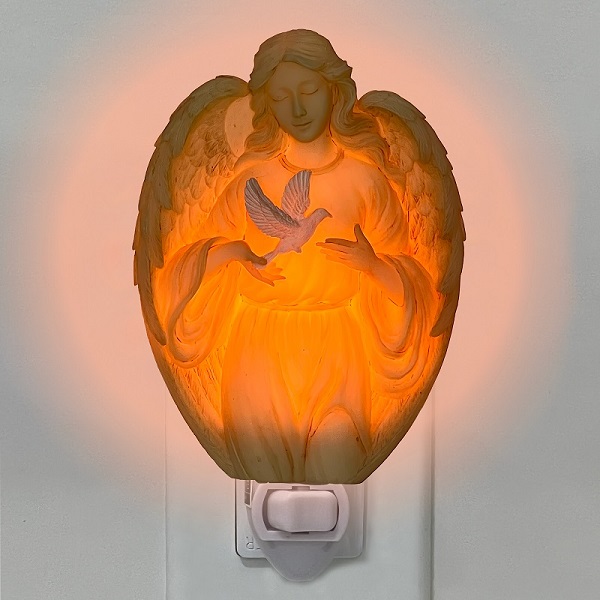Plug-in Night Lights are essential fixtures in homes, providing gentle illumination at night to enhance safety and convenience. Light-sensing plug-in Night Lights are particularly noteworthy for their ability to automatically adjust brightness based on ambient light levels, offering energy efficiency and hassle-free operation.
This article will discuss the design principles and operation of light-sensing plug-in Night Lights.
Plug-in Night Lights that sense light rely on simple yet sophisticated design principles. The light sensor is at the core of their functionality, detecting changes in ambient light intensity and triggering the activation or deactivation of the night light accordingly. Different types of sensors are available, such as photocells (photoresistors), photodiodes, and light-dependent resistors (LDRs), each with unique characteristics and applications.
When choosing a light sensor for night light design, factors such as sensitivity to light intensity, response time, spectral sensitivity, cost, and power consumption are considered to ensure optimal performance and efficiency.

1.Light-sensing night lights
undergo an initial setup phase where the light sensor calibrates itself to the surrounding light environment. Once activated, the sensor continuously monitors ambient light levels. When the light intensity falls below a certain threshold, indicating darkness, the night light turns on and provides gentle illumination. Conversely, when sufficient ambient light is detected, typically during daylight hours, the night light automatically turns off to conserve energy.
2.The operating principles of
light-sensing plug-in night lights are seamless and require minimal user intervention. Thanks to their light-sensitive circuitry, these night lights adjust their brightness levels dynamically in response to changes in ambient light levels. This ensures optimal illumination without causing glare or discomfort during nighttime use. Additionally, they incorporate power-saving features, such as automatic shut-off during daylight hours, to further enhance energy efficiency.
3.Advantages and Limitations
Plug-in night lights that sense light offer many benefits, such as energy efficiency, easy operation, and suitability for different environments. However, they may be sensitive to rapid changes in ambient light, so careful placement is necessary for optimal performance. Additionally, it is important to consider compatibility with different light sources to ensure consistent operation.
4.Applications and Use Cases
Light-sensing plug-in night lights find widespread use in residential, commercial, and outdoor settings. In homes, they illuminate bedrooms, hallways, bathrooms, and nurseries, enhancing safety and comfort. In commercial and public spaces such as hotels, hospitals, and offices, they provide guidance and illumination in corridors and common areas. Moreover, outdoor applications, including porches, pathways, and garden lighting, benefit from their energy-efficient and automatic operation.
5.Future Developments and Trends
Looking ahead, light-sensing plug-in night lights are poised to evolve further with advancements in technology. Integration with smart home systems will enable enhanced customization and control features, allowing users to tailor illumination to their preferences. Additionally, ongoing developments in sensor technology will lead to more sensitive and responsive night lights, further improving energy efficiency and user experience.
In conclusion, light-sensing plug-in night lights represent a practical and efficient lighting solution for homes and various other settings. By leveraging sophisticated light-sensing technology, they offer automated operation, energy efficiency, and convenience, enhancing safety and comfort during nighttime hours.







